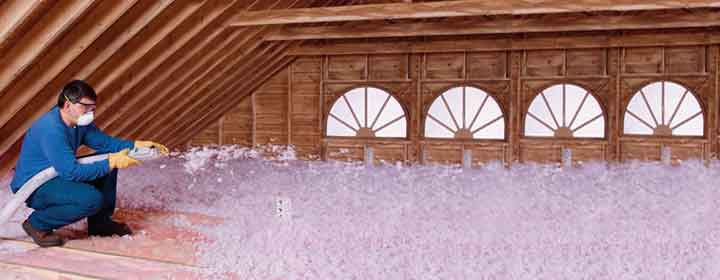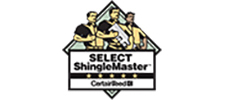
Throughout the Illinois winters, homeowners begin to look at their energy bills and wonder what they can do to cut on costs. Although there are many options, such as a more efficient furnace and using less artificial lighting, there is one major component that is not often considered: attic insulation. As heat rises in a home in winter, too little attic insulation acting as a barrier between the indoors and outdoors allows hot air to seep out and cool air to seep in resulting in higher utility bills, indoor discomfort, and possible exterior damage from ice dams.
Fortunately, there are several types of insulation that can be used to fortify your attic throughout the year:
Rigid Foam
Rigid foam, also known as foam board, is a durable product typically used at attic hatches or as protective casing in exterior walls or interior basement walls. Rigid foam has better insulating properties than many other materials, but it has a higher price tag attached to it.
Foam-in-Place
Foam-in-place, divided into open-cell and closed-cell types, offers greater flexibility than foam board and works well at filling gaps and odd-shaped or hard-to-reach areas. It is usually sprayed in liquid form on attic surfaces, into walls, around doors and windows and under floors, and then expands to create a seal, but can collect moisture. Closed-cell is denser and does a better job than open-cell, but installing spray foam usually costs more than other insulation products. Because of the chemical nature of this foam, it has been known to be highly combustible.
Blanket
Also known as rolls and batts, blanket insulation is a commonly used attic insulation product made of flexible rock wool, fiberglass, plastic, or natural plant or animal fibers. It is inexpensive and available in thicknesses and widths that work well to fill stud and joist spaces. On the other hand, it does not work as well as other products to fill gaps and odd-shaped or hard-to-reach areas.
 Loosefill
Loosefill
Loosefill insulation offers the benefits of foam-in-place without the negative effects. It is a lightweight, fiber-based loose product made from rock wool, fiberglass or plants that is fluffed and blown into areas with a machine. Loosefill is easier to install than other materials and installation takes less time and is less expensive.
Our contractors at Adams Roofing recommend loosefill as the insulation of choice – specifically AttiCat® Loosefill – to create an effective barrier in home attics. It’s a safe and reliable attic insulation product that works well during any season. It is so efficient that 18.75 inches of AttiCat® Loosefill is able to offer a savings of up to 28 percent on your utility bills.
For more than three generations, Adams Roofing has helped homeowners in Illinois get the best seasonal indoor temperature protection. Whether you live in Elk Grove Village or another part of Cook County, beat the cold by contacting our experienced Adams Roofing Professionals team about your attic insulation options today!
Contact Adams Roofing today!
Insulation









